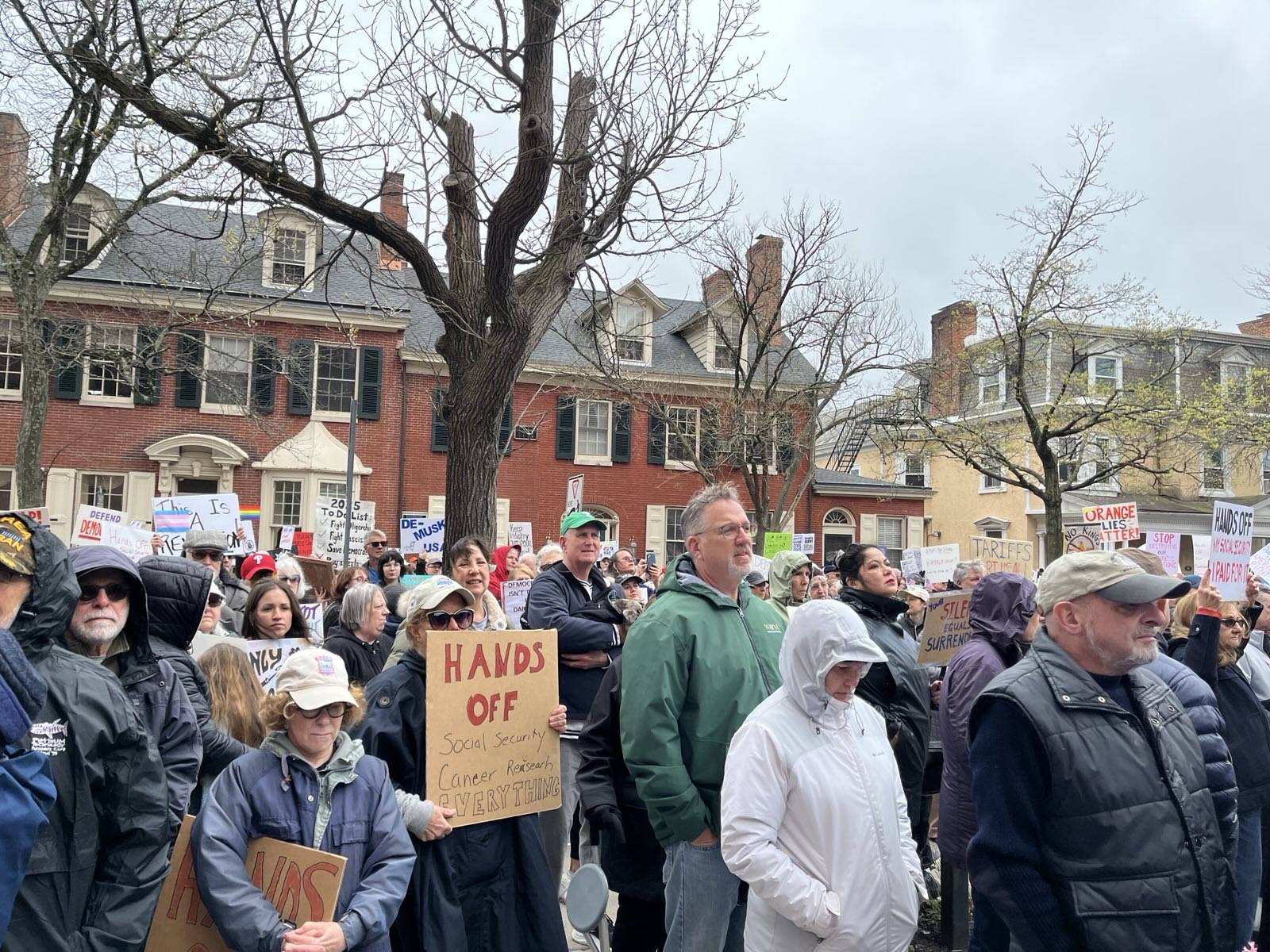Immediately after the “Hands Off” protest on April 5, I heard: “Why protest? Protesting doesn’t change anything. Trump will still do what he’ll do.”
Fair.
Trump will do what he’ll do regardless. His Administration doesn’t care if 3% of Americans march against him every weekend. In some ways, I agree – protesting doesn’t have an immediate effect on policy. But what it does is transform society’s moral and political imagination.
What appears impossible or radical today becomes reasonable tomorrow when enough people stand together and refuse to accept injustice. While protesting may not instantly rewrite laws or dismantle authoritarianism, they plant seeds of change in public consciousness, create solidarity among those who feel silenced or disenfranchised, and (possibly most importantly) establish historical markers that tell the future “we did not consent to this” and “we are doing something” to change the future.
Protests are a powerful and necessary step in the pursuit of justice. They give voice to the marginalized and have the ability to create the public pressure needed to force political action. By disrupting the status quo, protests awaken society to injustice that might otherwise be ignored, and they have historically acted as the ignition point for transformative change. Most progress in our country, and around the world, has happened in part due to protest.
Just look at our history, which Republicans are currently looking to erase or rewrite.
- The Fair Labor Standards Act of 1938, which established the minimum wage, the 40-hour workweek, and protections against child labor, and the Wagner Act of 1935, which affirmed the right to unionize were both the results of protests and strikes.
- The ratification of the 19th Amendment began with protests, marches, and civil disobedience. It took 70 years, but it worked.
- The Civil Rights Act of 1964, which outlawed segregation, the Voting Rights Act of 1965, which protected Black voters, and the Fair Housing Act of 1968, which prohibited racial discrimination in housing were all the result of unrelenting protests and boycotts.
Protests, strikes, boycotts, and civil disobedience have led to progress, even when that progress took decades. Protests led to the creation of the EPA, the War Powers Act, marriage equality, collective bargaining rights, and so much more.
READ: Congressman Brian Fitzpatrick Votes for the SAVE Act, a ‘Dangerous Step Backward for Our Democracy’
And while legislative change and equality is the ultimate goal, the true power of protest isn’t just in changing policies, but in changing what we collectively believe is possible and just.
The sight of growing crowds in the streets creates a powerful feedback loop, as each new participant inspires others to overcome their hesitation and join the movement, building unstoppable momentum that authorities cannot ignore. The 3% will turn to 10% to 35%, and so on.
Growth is inevitable.
Protests remind us that democracy isn’t just about voting, but about citizens actively participating in shaping the moral framework of their society.
But while protests raise awareness and shift public sentiment, they are just the beginning. For real, lasting change, protest must be followed by ongoing organized efforts. Civic engagement, coalition building, and policy advocacy are absolutely crucial for change to occur. This means getting involved in your local community, lobbying and calling your representatives, joining or supporting grassroots organizations, and holding institutions accountable. Social change is a long game, and we have been pulled back by the second Trump Administration. It’s important to remember to keep moving forward.
Protest opens the door, and persistence, organization, and relentless advocacy creates change.
So, as long as we keep going, as long as it doesn’t stop with the one, we will be the change.







